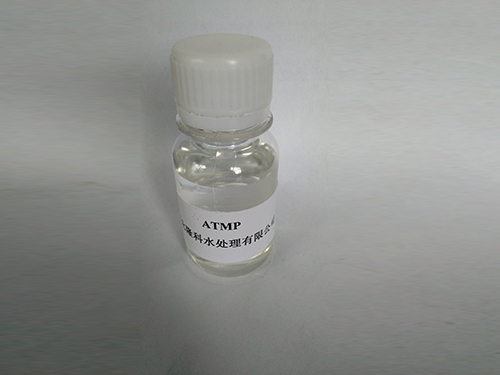polyaluminium chloride water treatment
Polyaluminium chloride (PAC) is a widely used coagulant in water treatment processes, known for its effectiveness in purifying water from various impurities. This inorganic polymer is primarily utilized in municipal wastewater treatment, drinking water processing, and in various industrial applications because it enhances the removal of suspended solids, organic matter, and turbidity.
One of the primary advantages of PAC is its efficiency in coagulation and flocculation—a process whereby small particles in the water aggregate into larger clusters known as flocs, which can then be easily removed. PAC acts by neutralizing the positive or negative charges of particulates in the water, allowing them to come together and form larger aggregates that can settle out or be filtered from the water. This process is essential for treating turbid water, making it clearer and safer for consumption.
The effectiveness of PAC in water treatment is further enhanced by its low dosage requirements compared to traditional coagulants like aluminum sulfate. This means that water treatment facilities can achieve the same or better results using less material, which is more cost-effective and results in lower sludge production. Lower sludge volumes simplify the disposal process, reducing the environmental impact associated with water treatment operations.
polyaluminium chloride water treatment

Another notable benefit of using PAC is its versatility across various water conditions. PAC performs effectively over a wide pH range, making it suitable for diverse source waters and treatment scenarios. This flexibility is particularly advantageous in areas where water quality fluctuates due to seasonal changes or pollution events.
Moreover, PAC contributes to reduced residual aluminum in treated water. Studies have shown that PAC produces lower amounts of dissolved aluminum compared to aluminum sulfate, which enhances the safety and aesthetic quality of drinking water. This feature has made PAC a preferred choice for many water treatment facilities facing scrutiny over the health effects of residual coagulants.
In summary, polyaluminium chloride is a powerful and versatile tool in the field of water treatment. Its effectiveness in coagulation, cost efficiency, and lower environmental impact combined with the safety profile it offers in drinking water applications make it an essential component in modern water treatment processes. As water treatment technology continues to evolve, the role of PAC is likely to become even more prominent, helping to ensure access to clean and safe water for communities around the world.
-
Water Treatment with Flocculant Water TreatmentNewsJun.12,2025
-
Polymaleic AnhydrideNewsJun.12,2025
-
Polyaspartic AcidNewsJun.12,2025
-
Enhance Industrial Processes with IsothiazolinonesNewsJun.12,2025
-
Enhance Industrial Processes with PBTCA SolutionsNewsJun.12,2025
-
Dodecyldimethylbenzylammonium Chloride SolutionsNewsJun.12,2025





